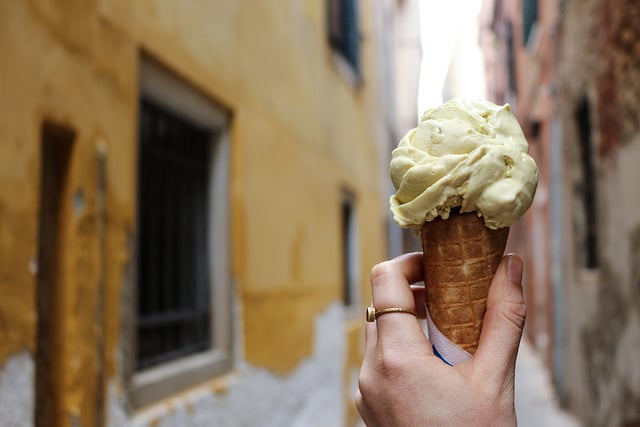Thousands of tourists travel to Italy each year to sample the famed national cuisine, but many unknowingly end up restaurants serving reheated frozen meals to maximize on profits.
The country's legal system is now cracking down on this, with hefty fines issued to restaurants which serve frozen food to unsuspecting customers. While serving frozen food in itself is allowed, neglecting to label it on menus as such amounts to fraud and can lead to fines or even jail sentences for guilty restaurateurs.
Monday's case related to a Milan eatery which was fined €200 for failing to inform customers that the food served wasn't fresh.
A local court had accused the chef of commercial fraud after a restaurant inspection revealed the freezers to be fully stocked, despite there being no mention of frozen food on the menu.
Milan's appeals court upheld this decision in a November 2015 ruling, so the chef took his case to the highest court.
The 51-year-old appealed the ruling on the grounds that there had been no customers in the restaurant at the time who he could have “entered into a contract with” and therefore no one had been defrauded.
But judges at the Court of Cassation, Italy's top civil court, said this was irrelevant and the chef's plea was “manifestly unfounded” in the ruling, seen by The Local.
“Even the mere availability of frozen food, if not identified as such on the menu, constitutes attempted commercial fraud,” said the ruling, which was signed by judge Emanuela Gai.
Judges increased the man's fine from €200 to €2,000, and he must also pay legal fees.
READ ALSO: How to spot good quality gelato in Italy – and how to suss out the fakes
Photo: Alexandra E Rust/Flickr




 Please whitelist us to continue reading.
Please whitelist us to continue reading.
Member comments